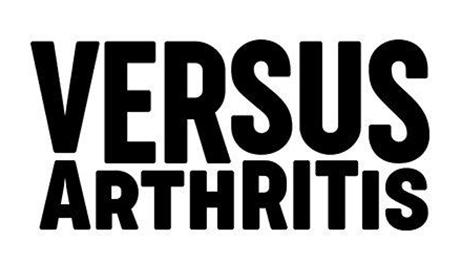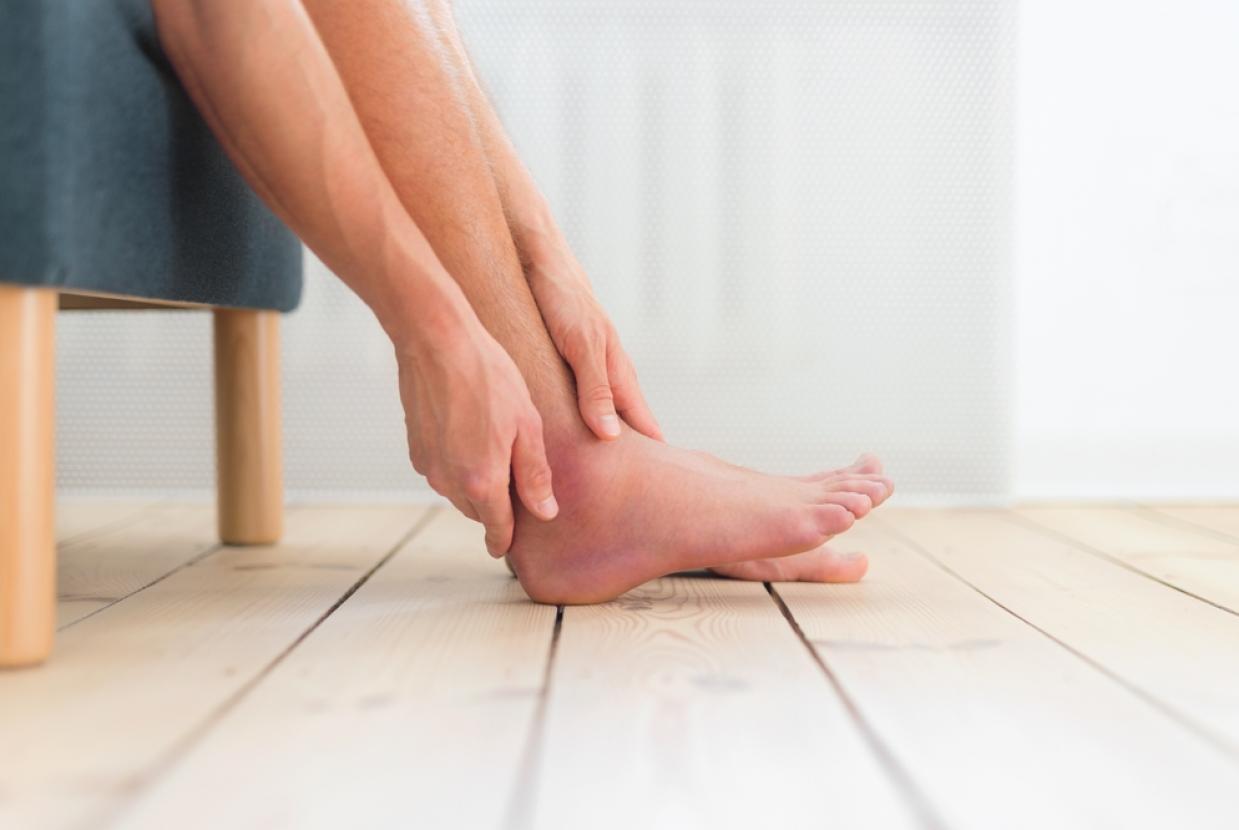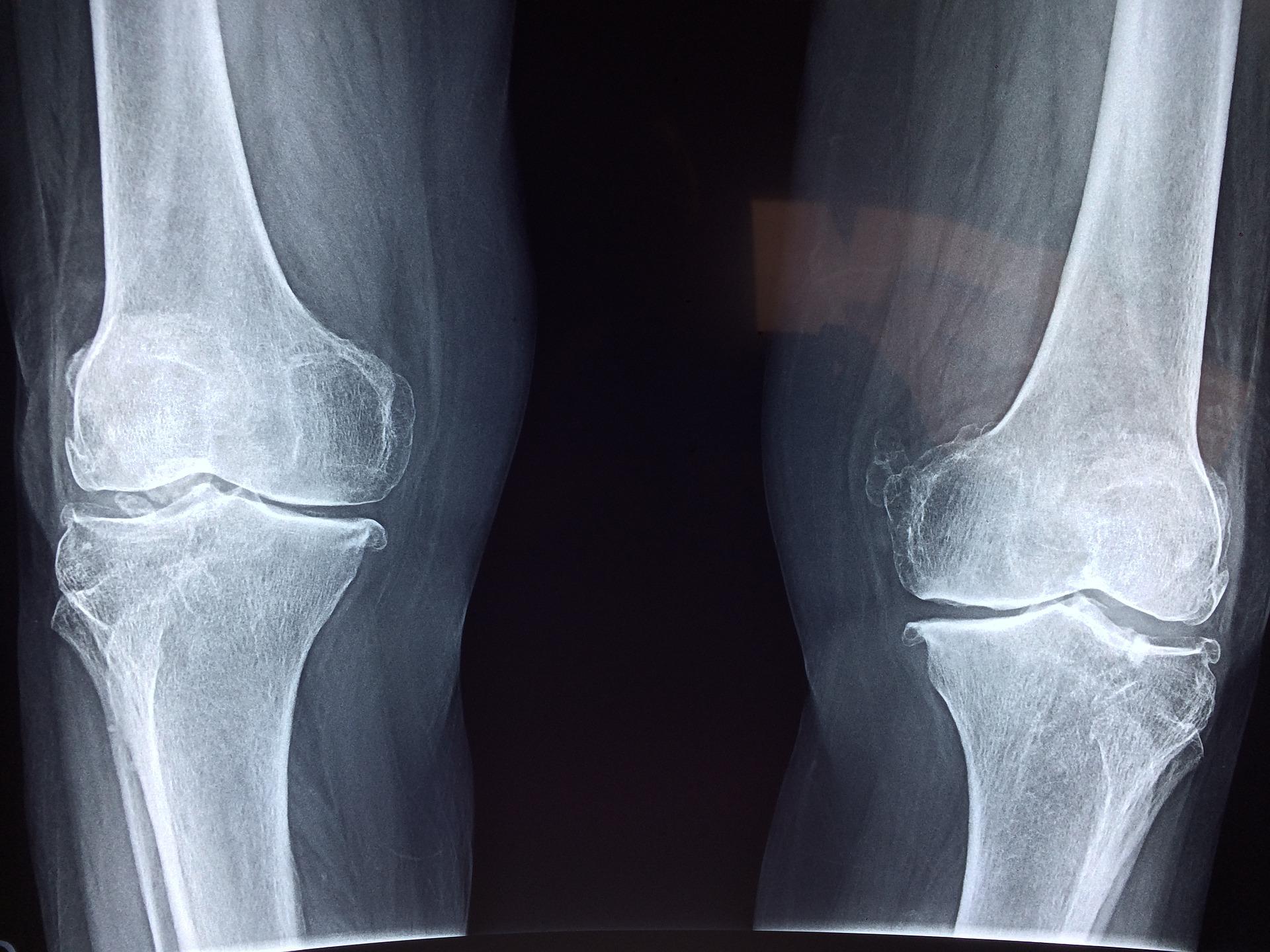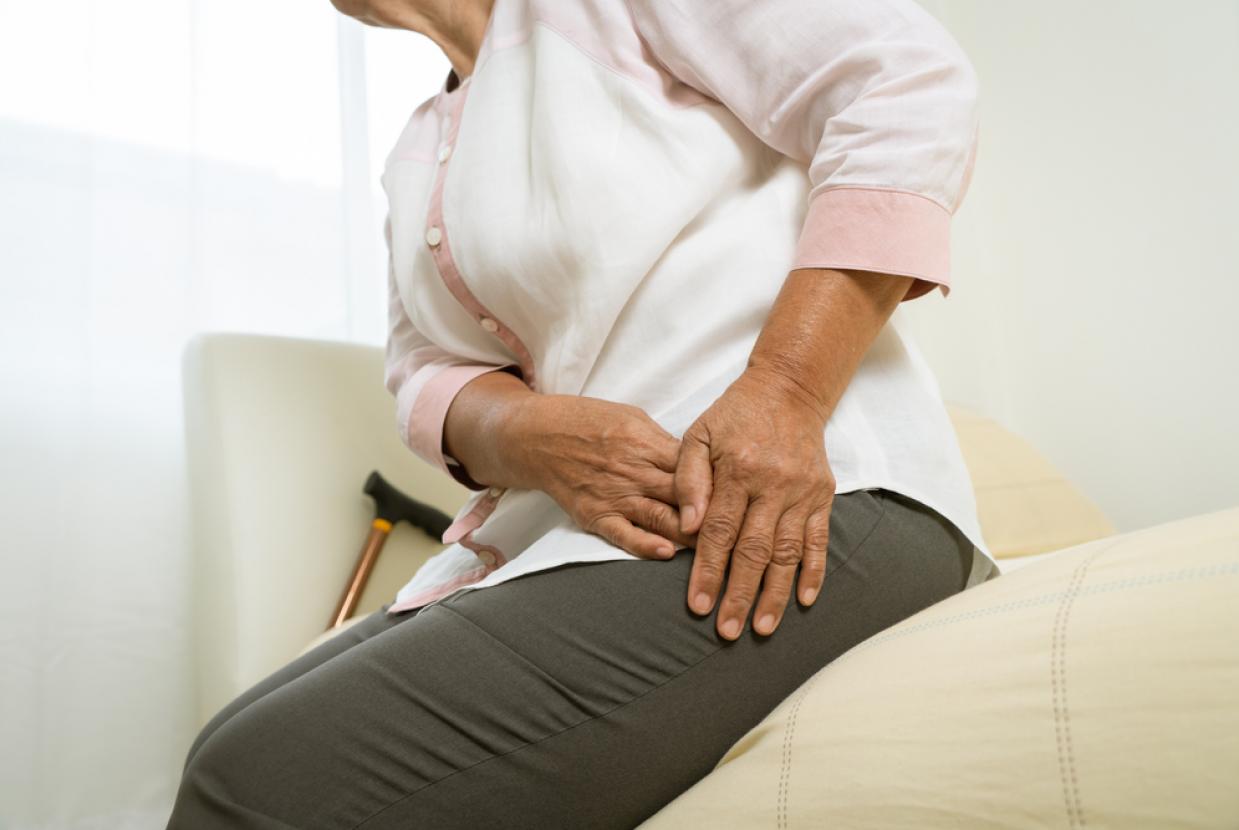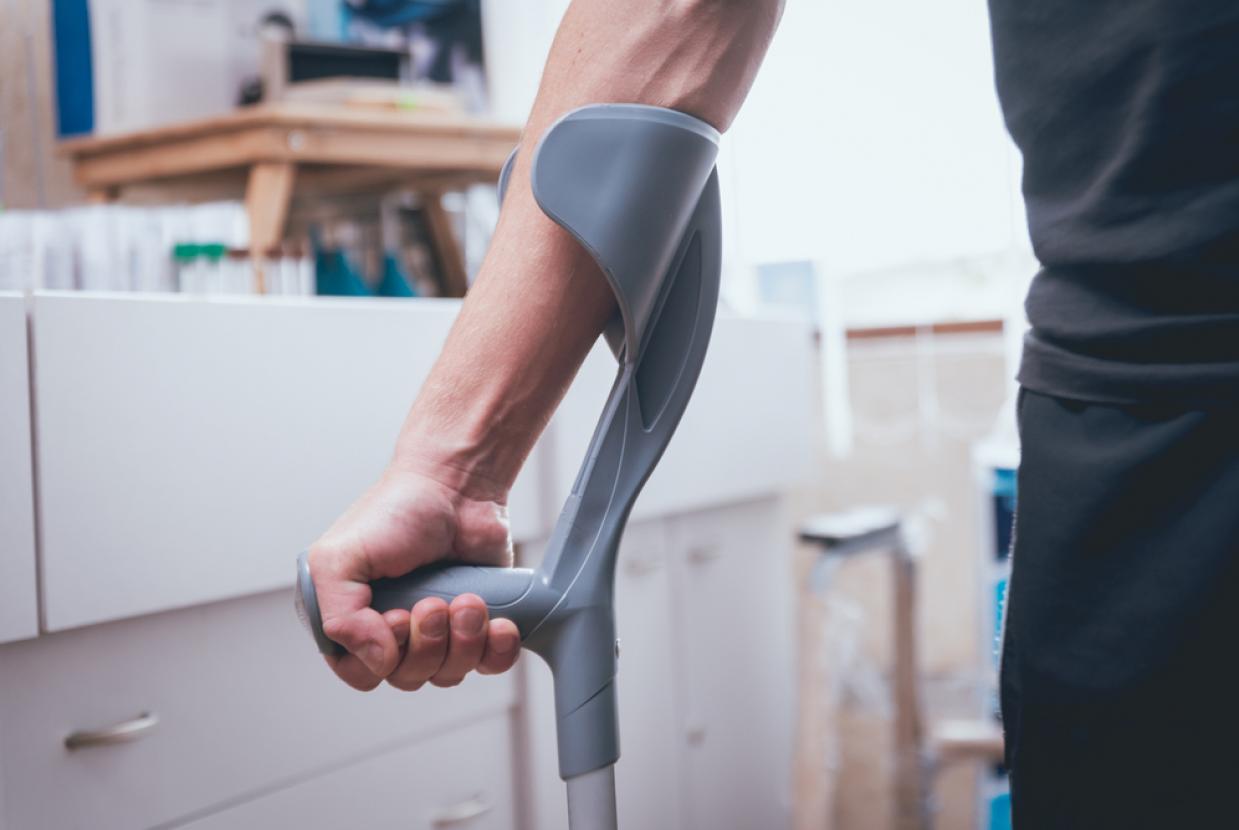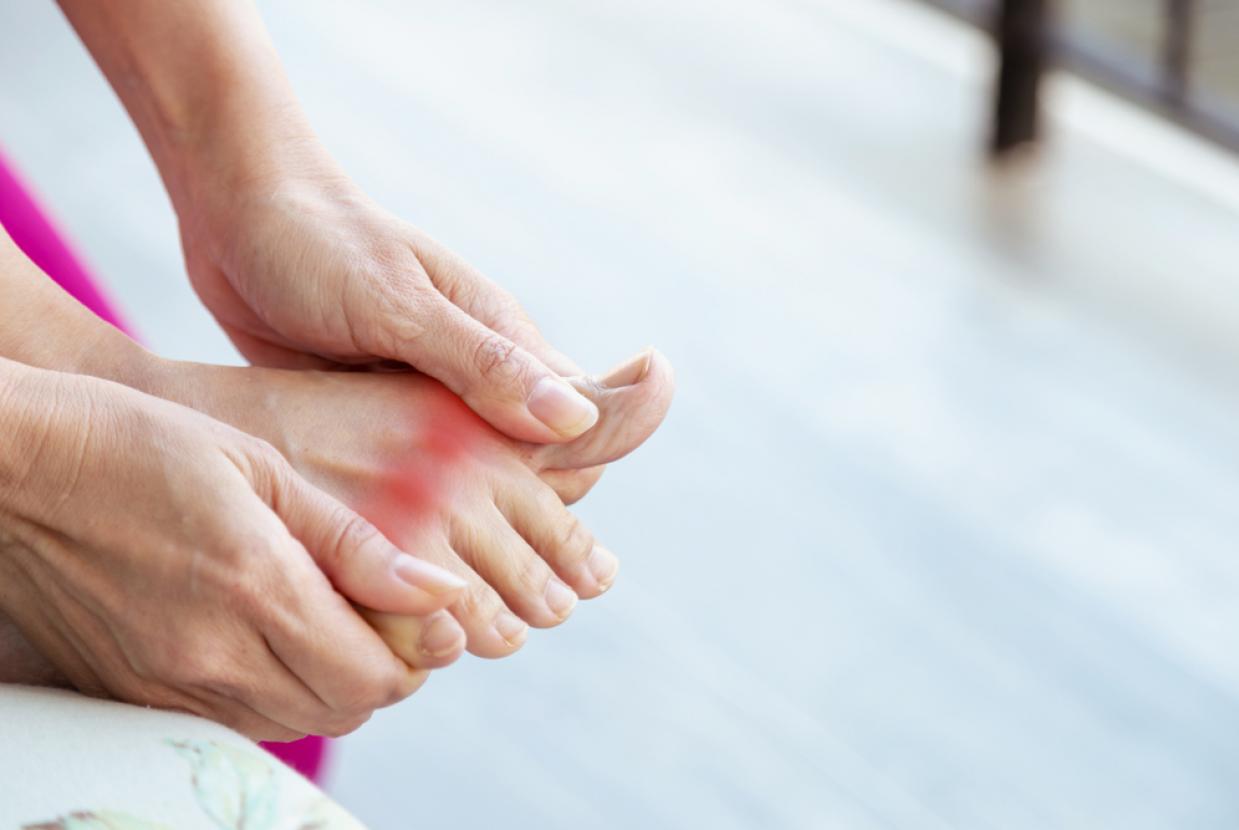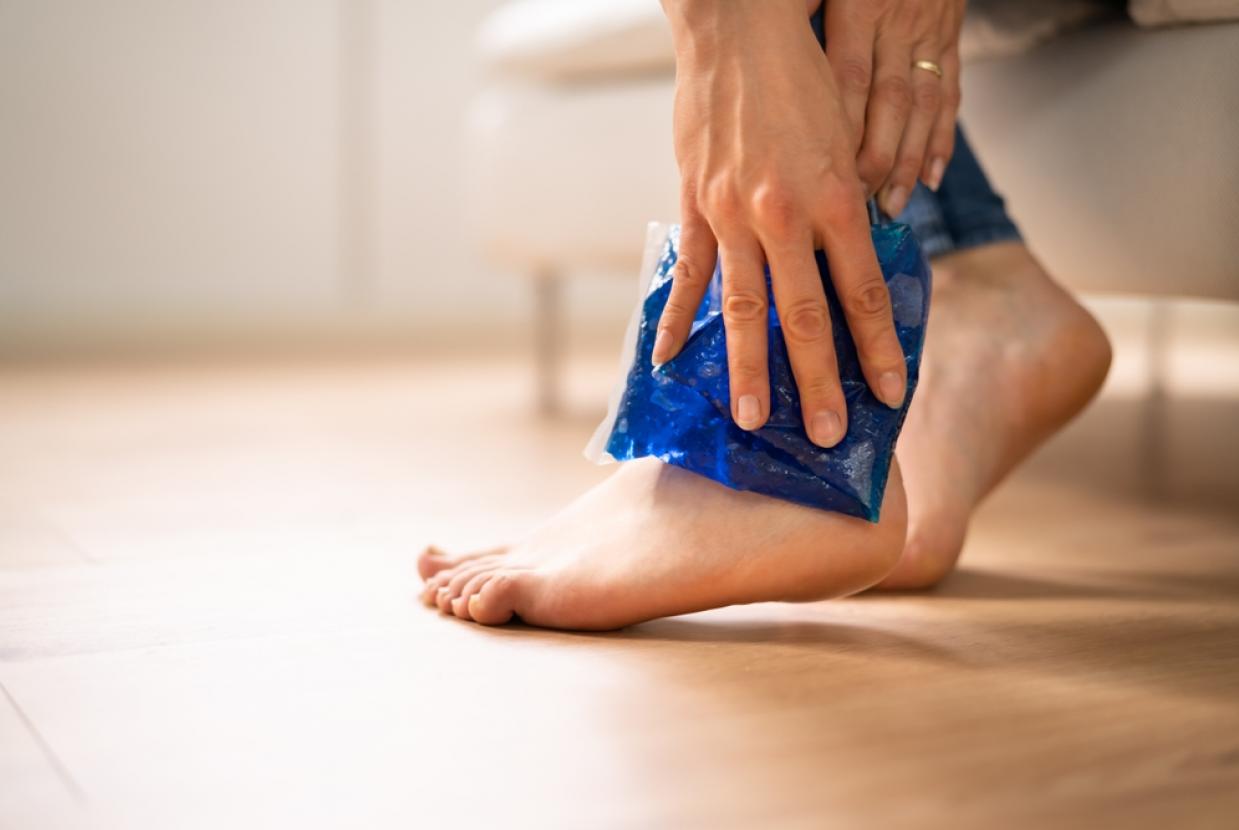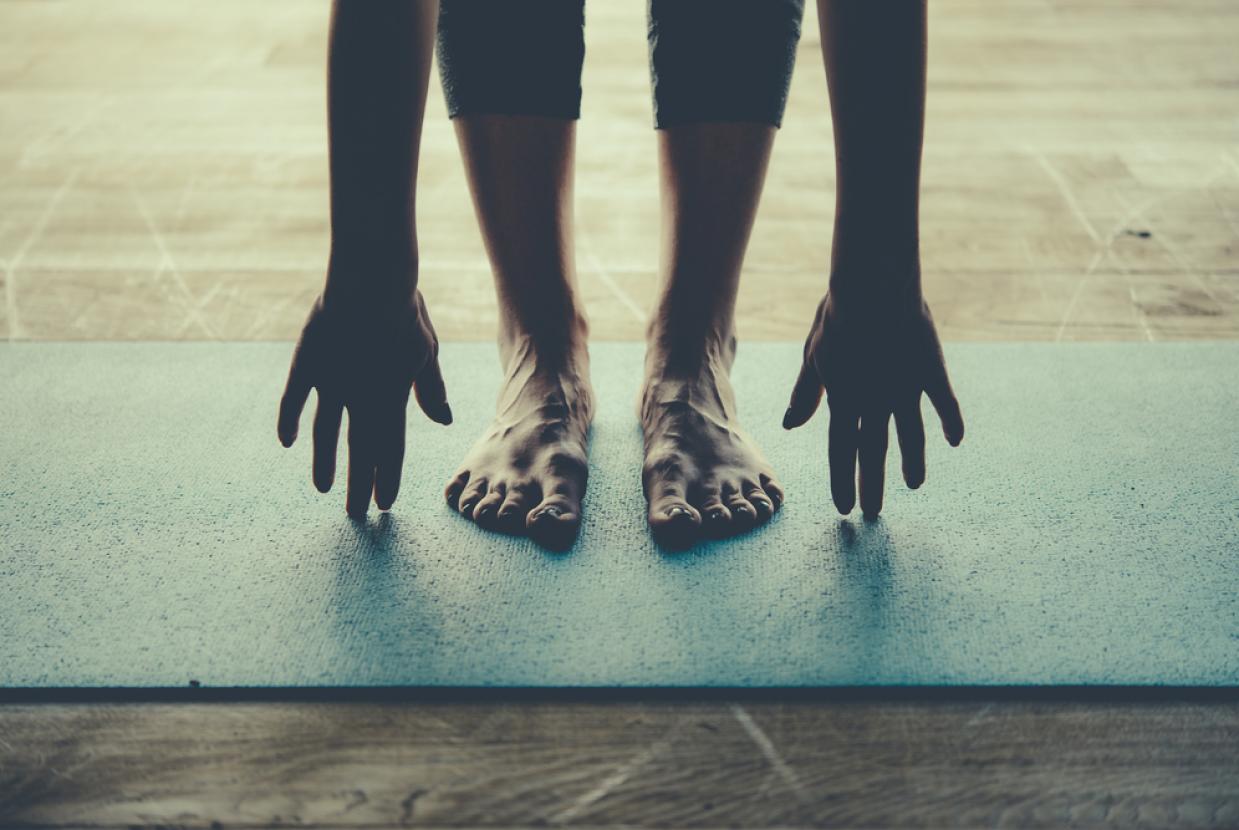What Is A Pain Diary & How Do I Start One?
Arthritis/Back Pain/Joint PainRecording your symptoms every day can be a useful way to help manage pain if you have arthritis. Here’s everything you need to know about starting a pain diary and how it might help you.
Many of us start the new year with a new journal. Here’s an idea for a diary with a difference - you could use it to keep a log of your symptoms and anything that might have affected them, such as activities or treatments.
A pain diary can become a useful record to share with your healthcare team and it might help you understand your condition better.
Here, we look at how to start a pain diary, the kind of information you might want to include, and how it can help you.
How can a pain diary help?
Many people find that keeping a diary is cathartic. Not only is it a great outlet for your emotions and allows you to reflect on how you’re feeling, but it might also help you feel more in control.
A pain diary can be a practical help too. It gives you a broad picture of your condition over a long period and allows you to pinpoint activities or events that made your pain worse, as well as the strategies that helped.
For this reason, it can be a useful memory aid for health appointments. It can give health professionals a fuller picture of your condition so they can decide whether your current treatment is right for you.
Dr. Anthony Ordman, consultant in pain medicine at The Wellington Hospital London, part of HCA Healthcare UK says: “Keeping a pain journal enables you to look at what has helped you, and what’s been unhelpful.
If you write down your medication, it can help when you show it to a healthcare professional. They can see how helpful medications may have been and they can adjust them to improve your response.
What do I need to get started?
Some people prefer to make handwritten notes, either in a notebook, diary or journal. Or, if you work at a computer, you could type out how you’re feeling throughout the day.
If you would rather jot notes down on your phone, you could also use our Arthritis Tracker app. This allows you to quickly rate your day, and record your pain, energy levels, activity, sleep and more.
Just keep in mind that the information in the app is aimed at 13-25 year olds, but our website has lots more information if you need it. The app was the idea of a teenager, and was developed by our Young People's service.
Whatever format you use is entirely up to you. Just choose something that you find easy to use.
What should you include in a pain diary?
Use your diary to log key details, with times and dates. Dr Ordman says: “Try to record:
- What your pain levels were like [for example, on a scale of one to 10].
- Which part of your body was the pain in, and what did it feel like – was it burning or cold?
- Did it exhaust you?
- Did your joints feel stiff or swollen
- Include the activities you did that day, whether you did or didn’t get great sleep, and put in your medication, and how much you took.”
You may also want to include your mood, what you ate and drank, any therapies you tried and whether they helped. Don’t forget to include positive entries too – strategies that worked or things that lifted your mood.
Specialist pain physiotherapists Richmond Stace says: “If you focus on everything that’s bad in your life, you’ll feel worse. Instead, focus on what goes well and what brings you pleasure, then do more of that.”
He suggests writing down three things that happened each day. “Set the bar low and train yourself to look within the ordinary,” he says. “Maybe it was a sunny day, someone smiled at you, and you had a nice cup of coffee.”
“The more you look for, the more you’ll see. After a couple of weeks, you’ll have this rich data about things that have gone well, and that gives you a road forward.”
How should I use it?
“Patients can review their diaries and see what's linked with having a good day,” says Dr Ordman. “For example, did you have a good day because you had a little more rest, or a better night’s sleep?”
Sharing your diary with a relevant health professional can be useful. “I think I can extract patterns or information from them that actually impact the patient” says Dr Ordman.
“For example, when they’ve tried to do too much, or even had a row with someone the day before – sometimes it’s our feelings that can make us feeling physically worse the next day.
“I can also help them make sense if things they’ve done that week that have helped them, so they can understand how to do more of those things.”
Used correctly, your diary shouldn’t just record when you’re in pain, but it should also impact the way it’s managed. By learning what helps and what doesn’t, you may even be able to change the narrative for the better.


